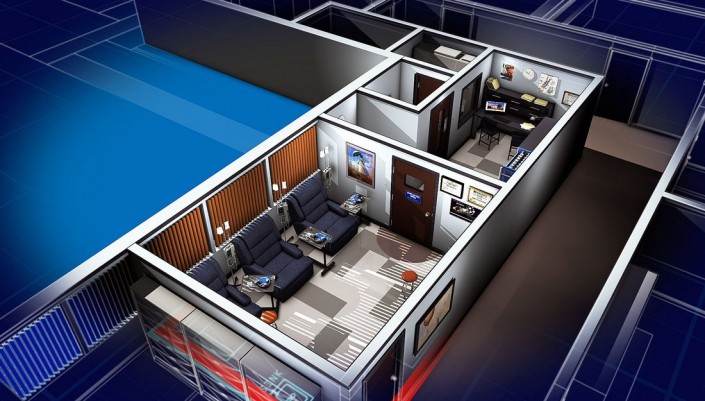Software tests emergency rooms before hospitals construct them

Image: Texas A&M Health Science Center
Constructing a new hospital can cost more than $1 million per bed. So how do you test the layout before you build it?
A research team at the Biomedical Informatics Center, led by Assistant Professor Duane Steward, employs a software program to test the efficiency of an emergency department.
Steward uses model-based simulations that exist solely on a computer. These models are powerful tools for testing innovation in health care.
For example, Steward tested new ideas for the emergency department of the Nemours Children’s Hospital in central Florida several years before it opened in 2012.
“On opening day, the entire team would have to function like they knew what they were doing,” Steward said. “And hospital leadership wanted to move patients through the system in a way that had never been done before.”
The goal of any emergency department is to get patients either admitted or discharged as quickly as possible – a measure called “length of visit” – while still caring for each effectively. A model-based simulation can test how factors like number of nurses or allocation of doctors can affect this length of visit.
Steward and his team tested the system by dividing patients into four “streams”: critical care, fast track, therapeutic and diagnostic. The last two streams include patients who probably need emergency care, but are likely to survive if they’re not seen immediately. Therapeutic stream patients have an obvious ailment—a broken arm, for example—and can be treated immediately. Diagnostic stream patients have complaints that must be tested before they can be treated.
“We took ideas and embodied them into the model,” Steward said. “In doing so, we determined that we actually needed a fifth stream, a subset of the critical care stream, of ‘code’ patents. Just taking ideas out of people’s heads and putting them into a computer program is illuminating.”
The hard work paid off when the design for the hospital won a citation in the 2011 Modern Healthcare Design Awards.
Modeling the flow of people through the hospital is not a new idea. The technology has existed since the 1970s. However, current technology allows greater complexity in the modeling process; faster processors make it easier to run multiple scenarios for “centuries” to see what how often certain events occur.
“I can give them centuries of experience with their emergency department before they ever stick a shovel in the ground,” Steward said.
Ultimately, what matters is what happens in the real world.
“Until we run further tests, we can’t know for sure how much we can take credit for,” Steward said. “All we know is that since opening, the emergency department has had an average length of visit that is only half that of the rest of the industry.”

